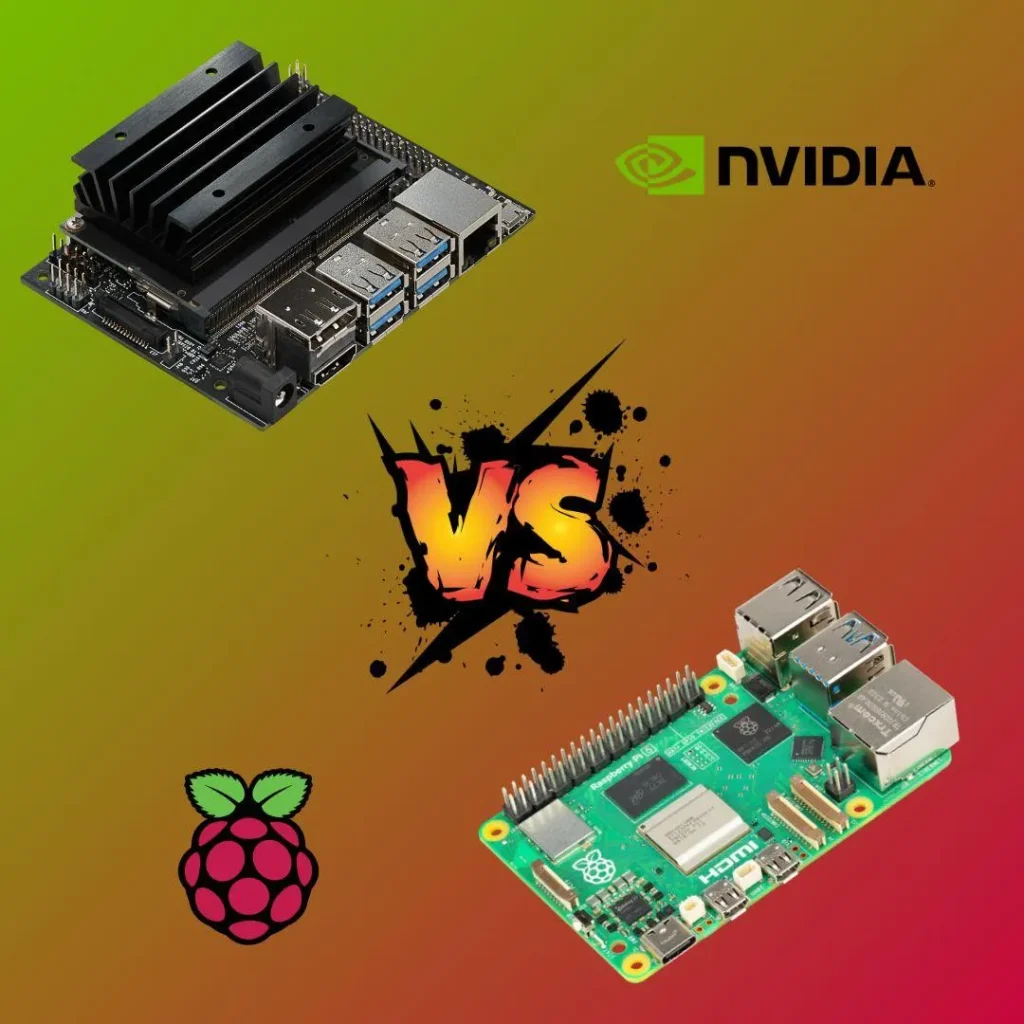BYOD: A Smart Strategy or a Risky Gamble?
March 6, 2025

The Promise of BYOD: Bring Your Own Device
Businesses always seek ways to cut costs, improve productivity, and simplify IT management. Bring Your Own Device (BYOD) promises to deliver all three. Employees use their personal laptops, tablets, or desktops to access corporate applications, reducing hardware expenses and enabling remote work.
With the rise of virtual desktop infrastructure (VDI), desktop-as-aisDaaS, and enterprise browsers, BYOD seems like a secure and scalable solution. But does it truly eliminate security risks? Or does it introduce new vulnerabilities that are harder to control?
While many companies are eager to embrace BYOD, the real opportunity isn’t letting employees bring any device—it’s in rethinking the endpoint entirely. Instead of securing a chaotic mix of personal devices, forward-thinking organizations are replacing traditional operating systems with secure, lightweight, hardened alternatives purpose-built for cloud workspaces.
Why Companies Are Drawn to BYOD
On the surface, BYOD solves many corporate IT challenges. It removes the need for companies to supply every employee with a laptop, reduces onboarding friction, and supports a mobile workforce.

Lower Hardware Costs
Purchasing and maintaining company-owned laptops is expensive. BYOD eliminates this cost by shifting the responsibility of device ownership to employees.
Familiarity and Productivity
Employees work faster and more efficiently on devices they are already comfortable with rather than adjusting to IT-managed machines.
Cloud-First Access with VDI, DaaS, and Enterprise Browsers
Instead of running applications locally, employees can access corporate systems through:
- VDI and DaaS deliver cloud-hosted desktops and applications securely to any device.
- Enterprise Browsers provide a secure, policy-controlled web-based workspace without requiring full desktop environments.
Scalability & Remote Work Flexibility
Startups and enterprises can quickly onboard new employees and contractors without providing company-issued hardware.
On paper, BYOD looks like the future. But beneath the surface, it introduces serious risks that companies cannot ignore.
The Risks Companies Often Ignore

Security Is an Illusion Without Control
Despite the security of VDI, DaaS, or Enterprise Browsers, BYOD still relies on personal devices running vulnerable operating systems.
- Windows and macOS remain the most targeted OSs for cyberattacks. A compromised endpoint can steal credentials or manipulate sessions, even with virtual desktops.
- Personal devices lack centralized control. Employees may skip security updates, install unapproved software, or unknowingly download malware.
- Unsecured networks put data at risk. Employees working from cafes or airports expose corporate access to Man-in-the-Middle (MITM) attacks.
VDI and enterprise browsers protect corporate data but don’t secure the endpoint itself, leaving an open door for attackers.
Regulatory and Compliance Challenges
Industries governed by HIPAA, GDPR, or SOC 2 must maintain strict security standards. BYO devices create compliance headaches:
- How do you enforce endpoint security policies on personal devices?
- What happens when an employee refuses IT oversight on their personal machine?
- If an unpatched vulnerability on a BYO device leads to a breach, who is responsible?
Most compliance frameworks assume complete control over endpoints—something BYOD makes nearly impossible.
For businesses struggling with compliance risks and endpoint security, a purpose-built thin client strategy can eliminate vulnerabilities at the source.
The Hidden Costs of BYOD
While BYOD eliminates hardware costs, it adds significant IT and security expenses:
- Increased helpdesk workload due to software compatibility and security issues.
- There is a higher risk of breaches, leading to regulatory fines and legal action.
- Long-term management complexity, as IT must secure a diverse mix of devices.
The idea that BYOD “saves money” often ignores these hidden costs.
A Smarter Alternative: Replacing the OS, Not Just the Device
Instead of relying on insecure personal devices, companies should rethink the endpoint OS itself.
The solution isn’t just replacing Windows devices with thin clients—it’s about eliminating Windows (or macOS) from the endpoint and replacing it with a secure, lightweight, hardened OS built for cloud workspaces.

Why Replace the OS?
- Windows is bloated, highly targeted, and challenging to secure. Even with patches and endpoint protection, it remains the primary attack vector for malware and ransomware.
- A hardened Linux-based OS eliminates common vulnerabilities and significantly reduces attack surfaces.
- Purpose-built OS solutions ensure endpoints are optimized for cloud access, reducing complexity and increasing security.
What Does a Secure Endpoint OS Look Like?
- Read-Only, Immutable Design: Prevents unauthorized changes and resists malware infections.
- No Local Data Storage: Ensures all work happens in the cloud, reducing the risk of data loss.
- Built-in VPN & Zero Trust Security: Every session is encrypted and validated for maximum protection.
- Lightweight & Efficient: Runs on low-power devices, making it ideal for repurposing existing hardware.
Instead of allowing BYO devices with an uncontrolled OS, companies can provide a lightweight, centrally managed OS that transforms any machine into a secure cloud workspace endpoint.
Want a deeper look at how modern thin clients redefine secure endpoint computing? Explore our comprehensive guide to thin clients and VDI/DaaS best practices.
The Hybrid Model: The Best of BYOD and Security
Instead of fully embracing BYOD or banning personal devices, companies can take a hybrid approach that combines flexibility, security, and IT control:
- Replace the OS on existing hardware with a secure, lightweight, Linux-based OS designed for cloud workspaces.
- Use thin clients for high-security environments while allowing secured personal devices for remote access.
- Leverage Enterprise Browsers for low-risk workflows while maintaining Zero Trust access policies.
The Future of Secure Workspaces

BYOD was once seen as the future of work, but in reality, it creates more problems than it solves. The real innovation isn’t letting employees bring any device—it’s designing an inherently secure system.
- If security and compliance matter, traditional BYOD is a mistake.
- If flexibility is a priority, a hybrid approach with a secure OS replacement is the answer.
- If cost reduction is the goal, eliminating Windows from the endpoint and using cloud workspaces is the future.
The brightest companies aren’t just securing data; they’re ensuring the entire computing environment—from the cloud to the endpoint. And that starts not with the device but with the OS.
For organizations looking to secure their cloud workspace strategy, ThinClient Direct provides purpose-built thin clients and secure OS solutions that eliminate endpoint risks while keeping costs low.
The future isn’t just about reducing complexity. It’s about eliminating risk—by design.
Experience Secure Cloud Workspaces—Risk-Free!
🔹 Try a ThinClient Direct device for FREE for 45 days
🔹 Test performance, security, and seamless cloud access before you commit



